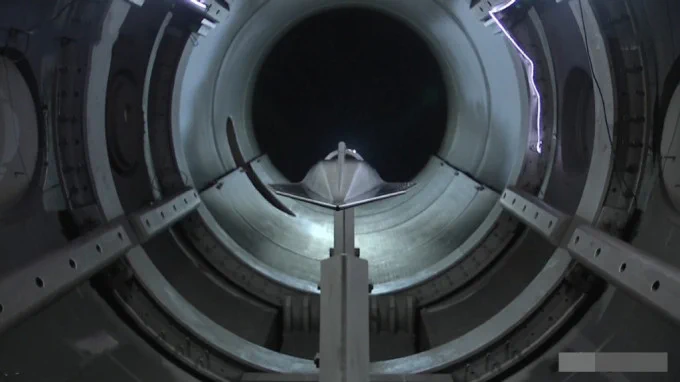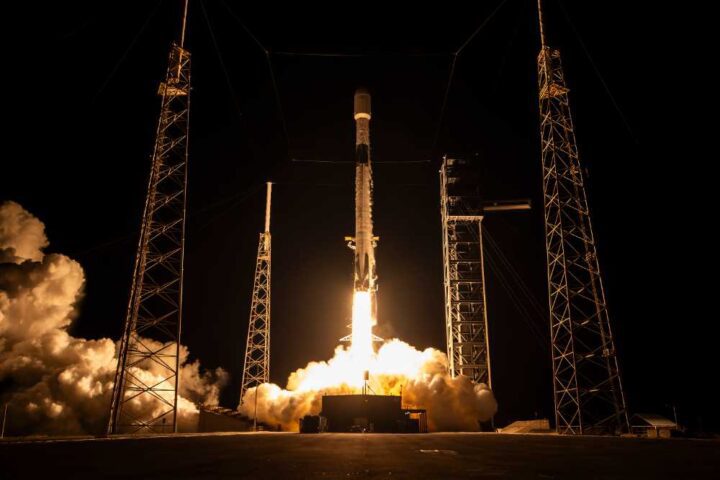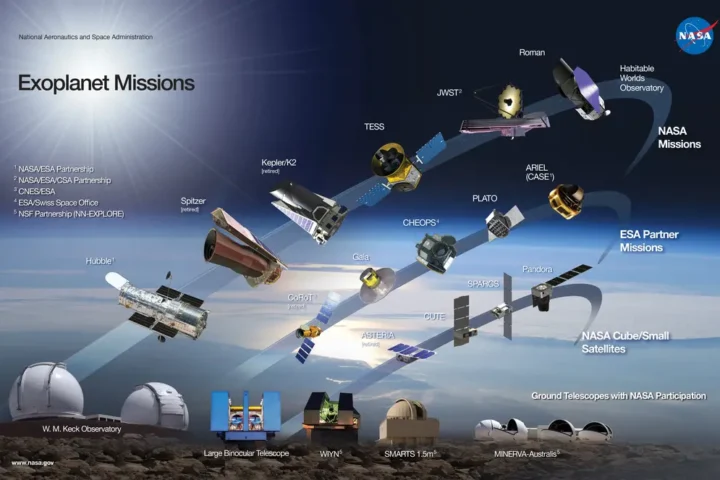China’s advancements in hypersonic technology are rapidly redefining the global technological landscape. Recently, the nation tested a new type of air-launched spaceplane design in its JF-22 wind tunnel, leading the global race in hypersonic technology. Situated in Northern Beijing, the JF-22 wind tunnel, capable of producing winds at Mach 30 speeds, is the world’s largest and fastest hypersonic wind tunnel.
In stark contrast, the United States’ most advanced facility, the LENS II wind tunnel in Buffalo, New York, reaches up to a speed of Mach 7. Furthermore, China also operates the Sichuan-based free-piston driven hypersonic shock tunnel, the largest of its kind worldwide, simulating extreme flight conditions up to Mach 33. These hypersonic test facilities are accelerating China’s space-to-earth shuttle system development, with the potential of achieving a 90% cost reduction for launching satellites and spacecraft.
China’s ambition is not limited to terrestrial applications, and the nation is setting its sights on the cosmos. Recent footage released by the Chinese government showcased the JF-22 performing a scale separation test of what appears to be an air-launched spaceplane from a mothership aircraft. Speculation suggests that the Shenlong mini spaceplane, which recently completed a 276-day orbit, could be a prototype for this new air-launched spaceplane design.
Similar Post
With reusable mass satellite launch platforms becoming a vital aspect of establishing satellite constellations, Shenlong and its successors could play a significant role in this arena. As the nation targets building 7,808 Low Earth Orbit (LEO) broadband internet satellites to provide internet access to the 360 million people in the country currently without it, reusable launch platforms like SpaceX’s Falcon 9 may find competition in China’s Shenlong spaceplane and similar designs.
In addition to space exploration and satellite deployment, China’s advances in hypersonic technology are pushing military boundaries. Leaked documents suggest the WZ-8 drone has already conducted reconnaissance missions over Taiwanese and South Korean airspace. China’s spaceplane mothership design could potentially be utilized as a Fractional Orbital Bombardment Platform (FOBS), offering a shorter flight time and a more global range than traditional Intercontinental Ballistic Missiles (ICBMs).
Historically, FOBS technology was less accurate than ICBMs and was subsequently banned in the Strategic Arms Limitation Talks II (SALT II). However, reports in 2021 suggested that China might have tested a weapon combining hypersonic glide vehicle (HGV) technology with FOBS, sparking international concern. This alleged test involved launching a rocket that deployed an HGV, which circled the Earth in Low Earth Orbit (LEO) before cruising to its target.
China’s progress in hypersonic technologies shows its aim to be a key force in space exploration and global defense. This race is not merely about national pride; it’s about the practical applications in commerce, defense, and the future of space exploration. As China takes the lead in hypersonic technology, it encourages other nations to meet the challenge and join in advancing this technology.


















